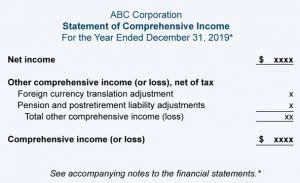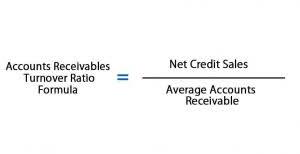
Beyond your time, additional costs are crucial in setting a fair retainer fee. These may include software subscriptions, tools, or other resources required to complete the tasks. For example, a content writer may need tools like Grammarly, project management software like how does a retainer fee work Trello, and subscription-based research platforms. A designer might factor in costs for Adobe Creative Suite, stock images, or specialised design plugins.
- But, your retainer guarantees the lawyer or firm will be there for you if you require their assistance.
- Choosing the right attorney can sometimes help the client obtain a settlement without even going to court.
- Some agencies also opt for milestone-based payments, especially for project-based tasks, where payment is released upon achieving specific milestones.
- The ABA also says that retainers are not truly nonrefundable (even if it’s labeled as such) since lawyers should return unearned funds to clients.
- By paying money before the project starts, the client can feel comfortable knowing that the person they are retaining is unlikely to stop halfway through.
- First, ensure you and the client are on the same page about the project goals and timeline.
Clients Can Easily Access Service Providers’ Skills
For example, a small company may hire a freelance writer on retainer to produce content for them. Retainer fees aren’t only used in legal consulting; they also apply in marketing, advertising, accounting, and other industries where clients require ongoing support. Retainer fees work like a pre-paid phone plan, except instead of unlimited texts and calls, you get unlimited access to legal or consulting services.

What Does It Mean to Have a Lawyer on Retainer?

Payment disputes bookkeeping often arise from unclear agreements or mismatched expectations. Providers should draft detailed contracts outlining services, payment schedules, and refund terms. Transparent communication, milestone-based payments, and regular reporting help build trust and prevent conflicts over fees or deliverables, protecting both client and provider relationships.

Unearned Retainers
Ultimately, understanding both options helps stakeholders select a structure aligning with their financial planning and service expectations. Choosing the right arrangement can facilitate a smoother, more predictable engagement for all parties, promoting satisfaction and efficiency in professional relationships. Understanding these distinctions helps in negotiating terms that align with your service expectations.


Below, we discuss the essentials that every retainer agreement should include, as well as a few optional components that may be included. Some contracts require clients to settle disputes with their attorney through arbitration rather than a jury trial. Schedule a demo Bookkeeping for Consultants to learn how LawPay can streamline client payments and billing.
- Likewise, ensure you’re not overpricing without demonstrating additional value like premium services, faster delivery, or unique skills.
- Retainer fees are well-suited to a range of legal matters and client needs.
- Unfortunately, some large firms equate a retainer to an entry fee, causing confusion for clients.
- Additionally, setting up a regular payment schedule, whether it’s monthly or quarterly, can help both parties manage their cash flow more effectively.
- Retainer fee contracts are essentially the same thing as retainer agreements.
- Overall, this creates a more stable financial foundation for the practice, allowing attorneys to better serve their clients without financial disruptions.
- Retainer fees are either an added expense for the client or a strategy to guarantee a continuous income for the service provider.